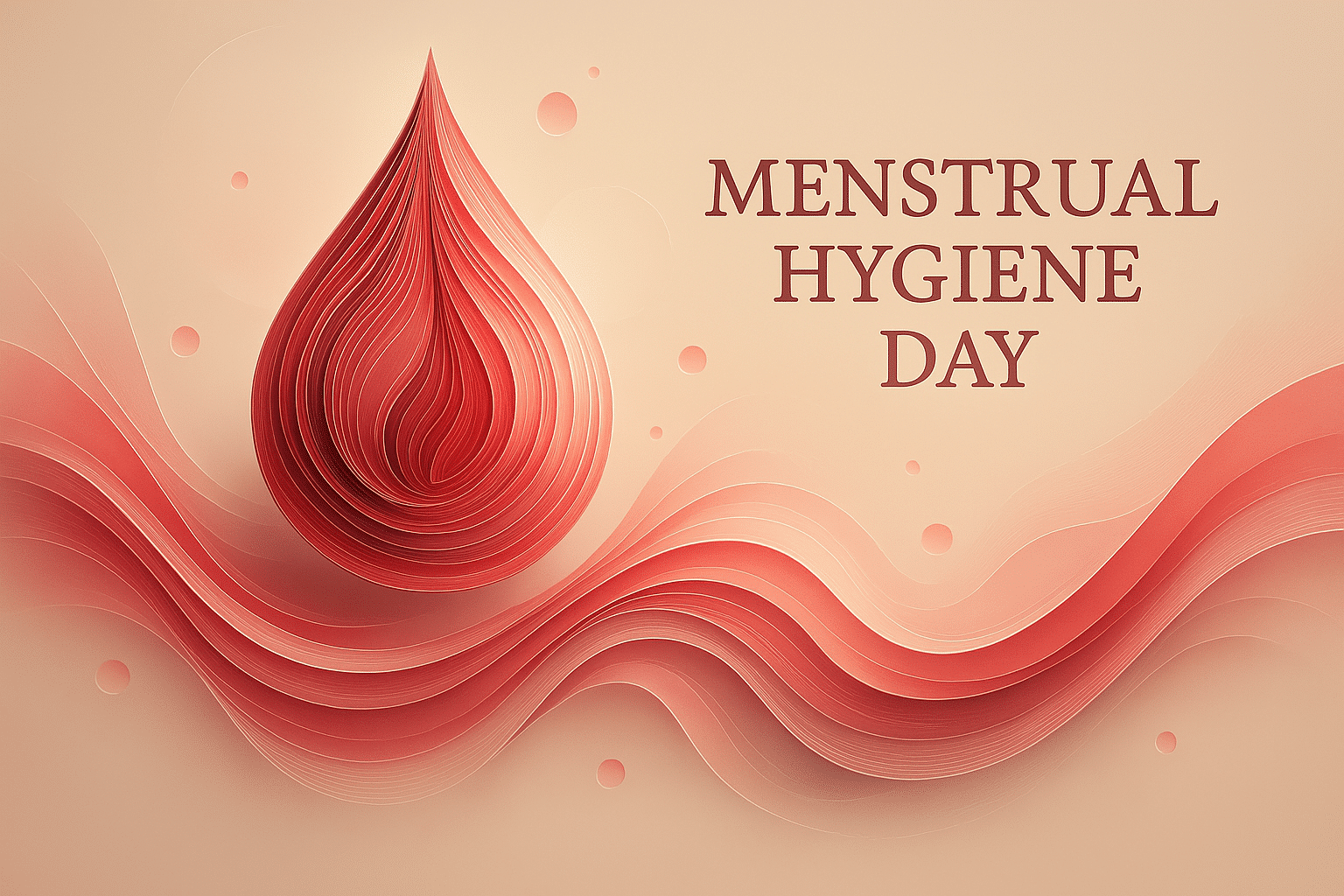What is Menstrual Hygiene Day?
Menstrual Hygiene Day is observed every year on May 28. The day raises awareness about the importance of good menstrual health and hygiene. It promotes the right of all women and girls to manage their periods safely and with dignity.
This day aims to break taboos, educate communities, and push for access to menstrual products, clean water, sanitation, and proper education. It challenges harmful stigma and supports global efforts toward gender equality.
History and Origin
Menstrual Hygiene Day was first established in 2014 by the NGO WASH United. The chosen date, May 28, is symbolic: the 28th day reflects the average length of the menstrual cycle, and May is the fifth month, representing the average five days of bleeding.
What began as a campaign has grown into a global movement. Today, Menstrual Hygiene Day is supported by governments, health organisations, schools, and individuals around the world.
Who Participates in Menstrual Hygiene Day?
- NGOs and charities: Distribute menstrual products and run campaigns for access and dignity.
- Governments and health departments: Launch public health policies and support education programmes.
- Schools and universities: Host workshops and help reduce stigma among young people.
- Companies and brands: Support with product donations and public awareness efforts.
- Individuals: Speak up, share stories, and support period-positive actions and donations.
Slogans and Themes
The ongoing theme is “Together for a Period-Friendly World.” It promotes global action so that menstruation does not prevent anyone from attending school, going to work, or participating in everyday life. It’s a call for openness, access, and equality.
Colors symbols and patterns
Colors
- Red: Represents menstruation and the push to end shame.
- Pink: Symbolises health, care, and dignity.
- White: Stands for cleanliness and proper hygiene.
Symbols
- Water droplet: Reflects hygiene, access to water, and dignity.
- Menstrual product icons: Pads, cups, or tampons that promote access and choice.
- Calendar symbols: Represent tracking cycles and menstrual education.
Patterns
- Cycle arrows: Show the rhythm of menstruation and body awareness.
- Circles: Represent wholeness, cycles, and balance.
- Droplet shapes: Used in visuals to symbolise periods without shame.
Most Used Hashtags
- #MenstrualHygieneDay
- #MHDay
- #PeriodFriendlyWorld
- #MenstruationMatters
- #EndPeriodPoverty
How to Celebrate Menstrual Hygiene Day:
- Run a workshop: Host a session at school, work, or in the community to share knowledge.
- Support local drives: Donate menstrual products to shelters or schools.
- Post online: Share facts, break taboos, and use hashtags to raise awareness.
- Talk openly: Start conversations about menstruation in your circle or workplace.
- Push for change: Write to local leaders to support policies on menstrual health and access.
Why is Menstrual Hygiene Day Important?
Millions of women and girls around the world face shame, health issues, or missed opportunities because of menstruation. Lack of access to products, clean water, and safe spaces can lead to school dropouts, job insecurity, and long-term health problems.
Menstrual Hygiene Day fights these challenges through education, support, and advocacy. It helps shift public opinion and creates safer, healthier, more equal communities. Menstruation is normal. This day makes sure it’s treated that way.
Features
May 28: Menstrual Hygiene Day
Why do you keep falling for the same type?
Read the article Lovemaps: the hidden blueprint of our love.

